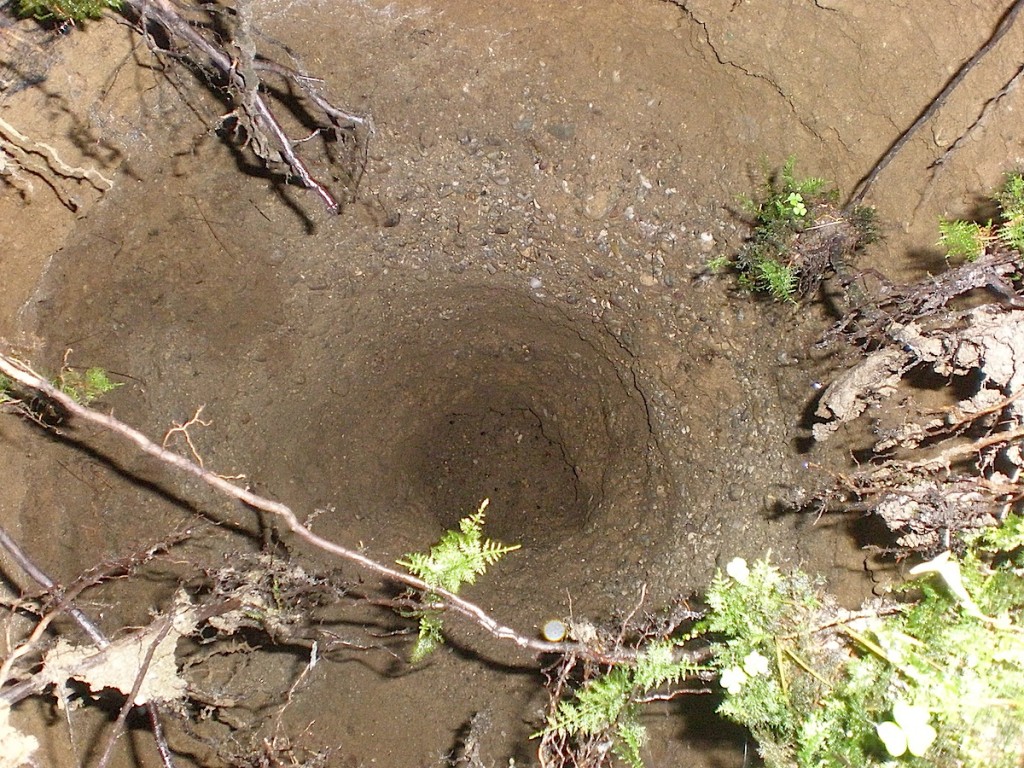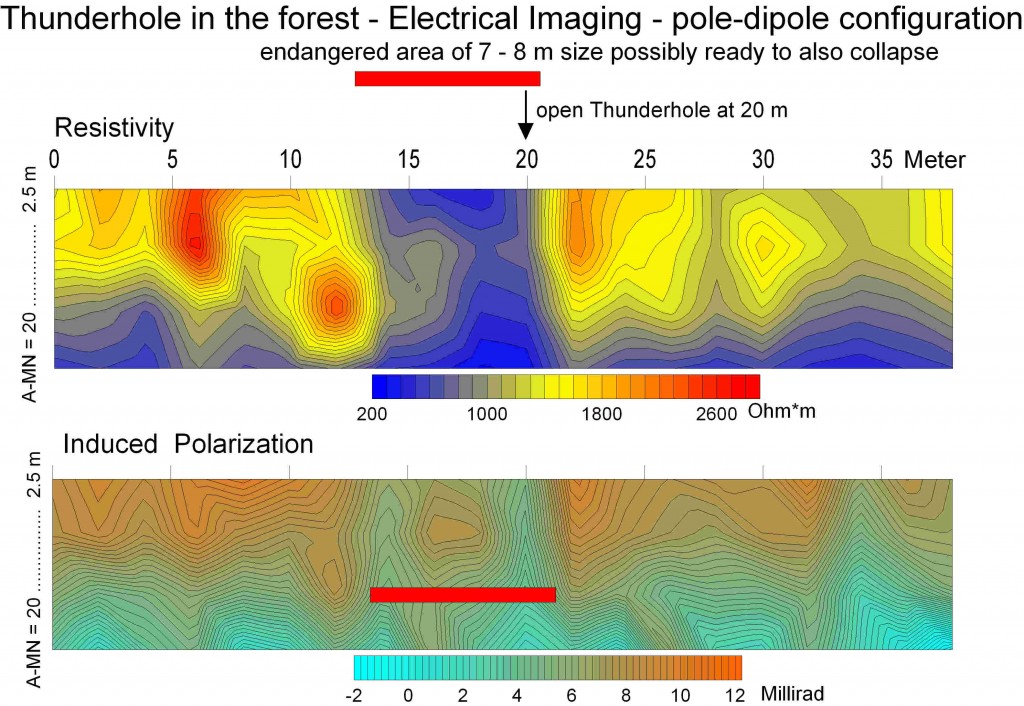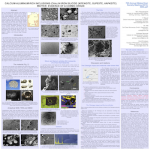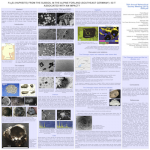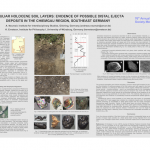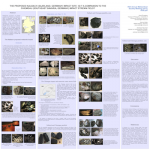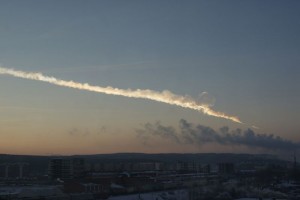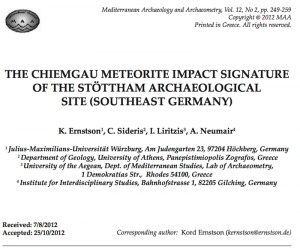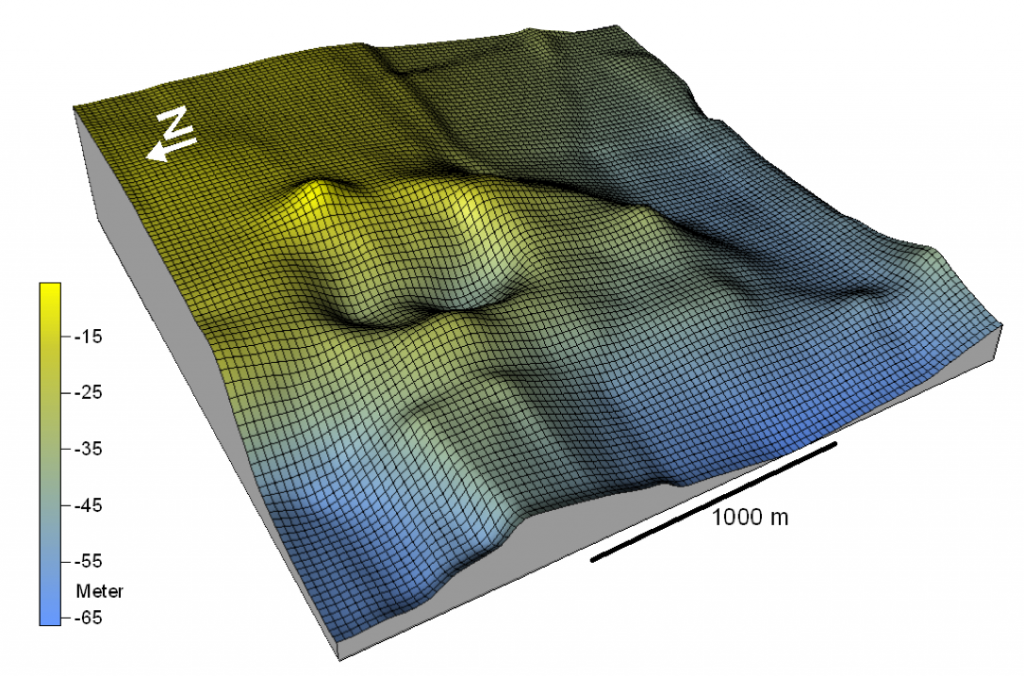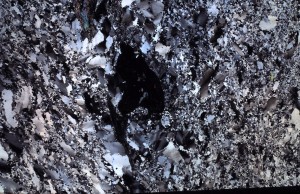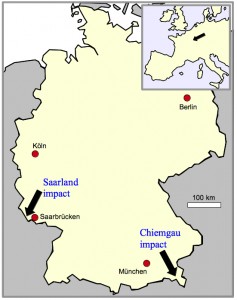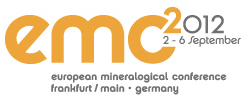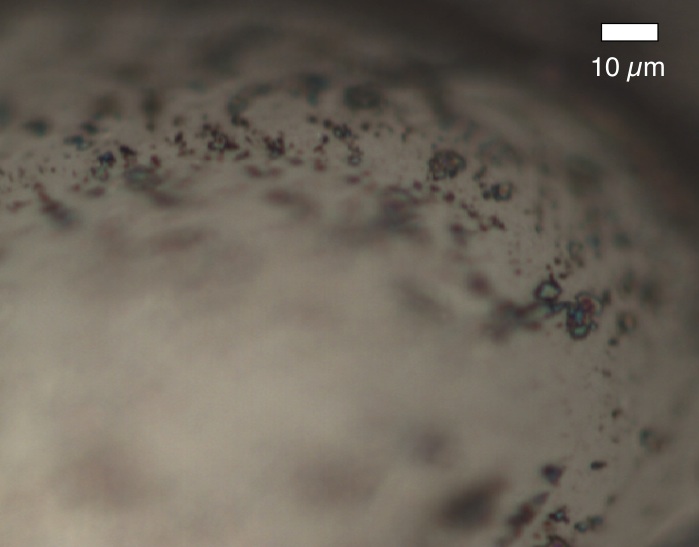A new Thunderhole (Donnerloch) and reactions
Since our contribution (Dec 2, 2011) on the impact-induced rock liquefaction (soil liquefaction) and the Thunderhole phenomenon, quite a few new sinkholes have occurred in the Kienberg region north of Lake Chiemsee. The latest somewhat spectacular cave-in happened two weeks ago. A family of mushroom pickers underway in the forest suddenly stopped at a freshly collapsed hole, 1-2 m in diameter and, as later measured, 8 m deep (Fig. 1). Having had a severe scare they at once informed police and fire department for securing the dangerous place. And this was the way the Thunderhole phenomenon for the first time found its way to the media, and newspapers, sound radio and television reported on this “fantastic story” widely initiating public awareness of this geologic hazard in the region. And now people got informed about large ponds and septic tanks having run dry overnight, about broken front axles when farmers had run with their tractor into a suddenly collapsed Thunderhole, about trees that suddenly began to incline, about beginning soil subsidence several meters wide immediately besides a road, about a Thunderhole exactly on a crossroad, about big open cavities in the underground that had to be sealed by enormous quantities of cement before a new fire station could be built, and so on.
Fig 1. The new 8 m deep Thunderhole in the Kienberg region. Photo H. Schiebl.
To investigate the newly formed Thunderhole geologically we performed a geophysical survey of complex resistivity measurements (resistivity and induced polarization electrical imaging, Fig. 2), and we found the same geologic scenario we had established earlier when we had applied voluminous excavations and geoelectrics to other Thunderholes: The origin of the Thunderholes is closely related with soil liquefaction accompanied by strongest movements of sand, gravel and big rock boulders bottom up, and the sinkhole character is a later, secondary effect only. And like with strongest earthquakes the Chiemgau Thunderhole rock liquefaction was initiated by the shock of the gigantic Chiemgau meteorite impact event in the Bronze Age/Celtic era.
Fig 2. The Thunderhole sinkhole and a larger endangered area seen in apparent resistivity and induced polarization pseudosections.
Amazingly (not to say ridiculously enough), the officials of the geological survey of Bavaria (Landesamt für Umwelt, LfU) and the local geologist Dr. Robert Darga from the Siegsdorf museum are completely trivializing the phenomenon declaring the Thunderholes as dead-ice holes and speaking of quite normal sinkholes as having occurred in thousands all over Bavaria. Hence they are absolutely ignoring the detailed geological and geophysical investigations of the phenomenon, while contradicting all serious science and research. To understand this highly nonscientific behavior one must know that the officials of the geological survey and Dr. Darga are fearing the Chiemgau impact event come hell or high water …



































